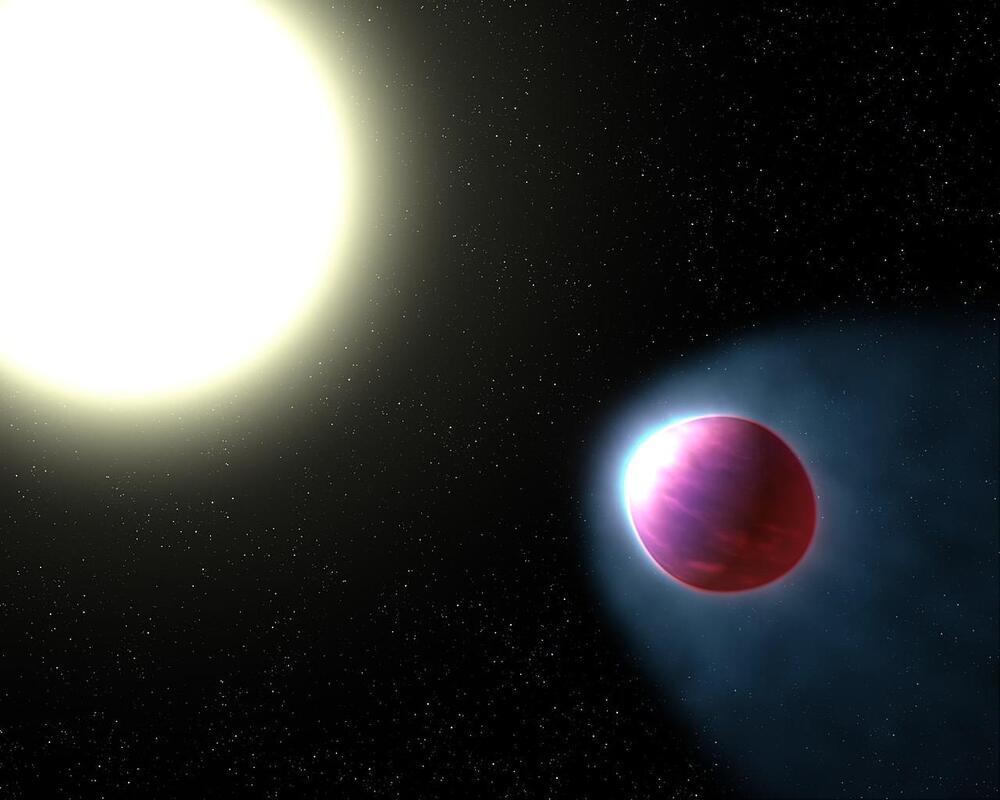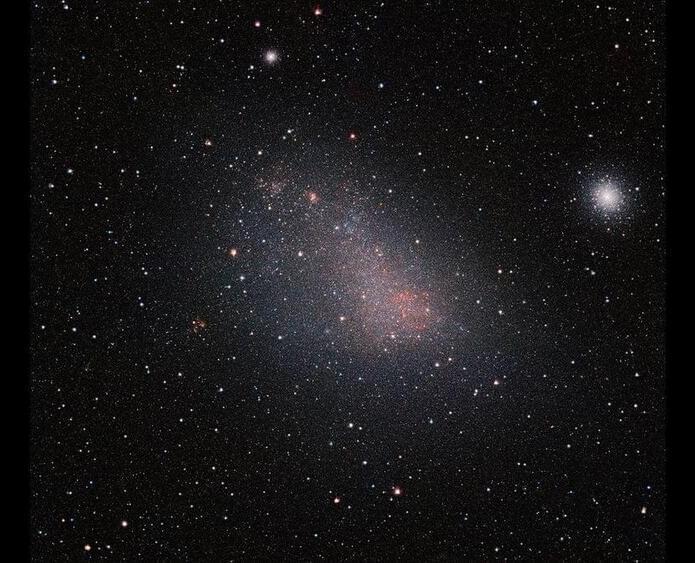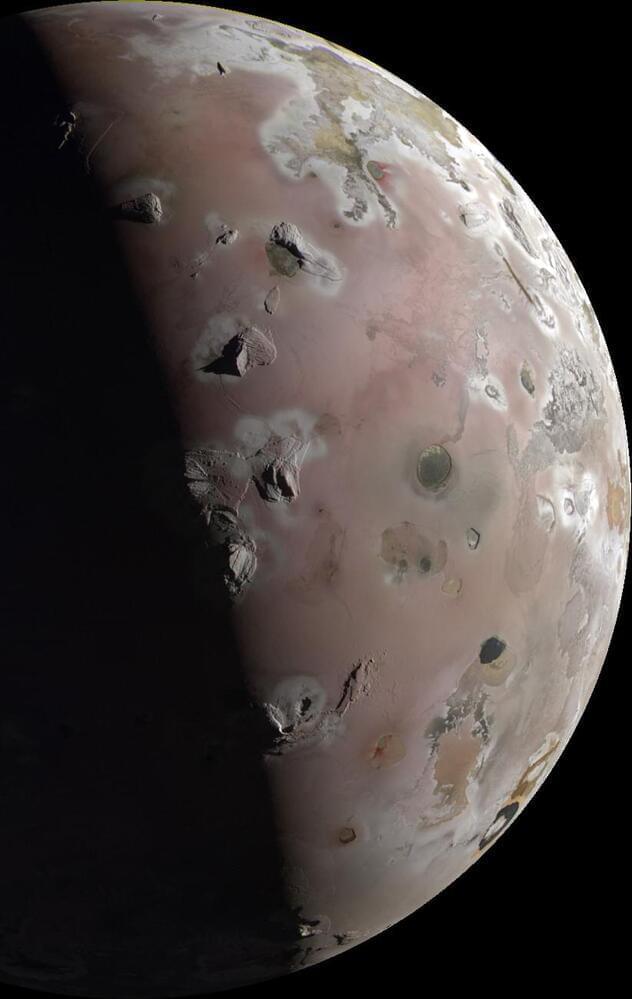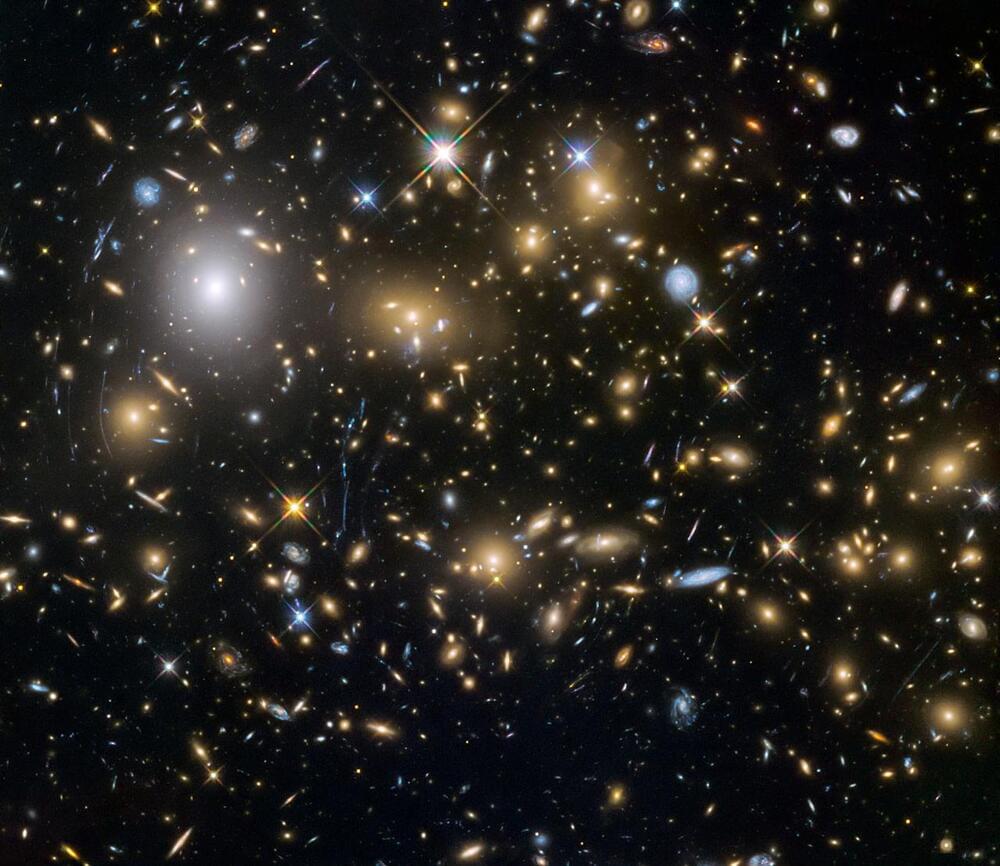Jan 5, 2024
Cosmic Chemistry: Unlocking the Unexpected Secrets of Early Universe’s Star Factories
Posted by Saúl Morales Rodriguéz in categories: chemistry, space
A groundbreaking study by Chalmers University scientists reveals unprecedented molecular details in two early-universe galaxies, advancing our understanding of their star-formation activities.
Two galaxies in the early universe, which contain extremely productive star factories, have been studied by a team of scientists led by Chalmers University of Technology in Sweden. Using powerful telescopes to split the galaxies’ light into individual colors, the scientists were amazed to discover light from many different molecules – more than ever before at such distances. Studies like this could revolutionize our understanding of the lives of the most active galaxies when the universe was young, the researchers believe.
Unveiling the nature of early galaxies.

















